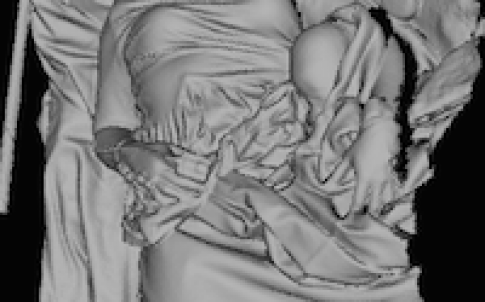Mobile phone camera used for complex 3D modelling
Large spaces can be reconstructed with photo-like accuracy using just the camera on a mobile phone, thanks to a three dimensional modelling system developed at Oxford University.

The system, known as InfiniTAM, could allow a handheld camera to scan a complex environment and instantly build a 3D model. It could be used in virtual reality or augmented reality games such as Pokemon Go, or for industrial applications such as surveying buildings, processing plants or oil rigs.

Existing systems designed to carry out 3D reconstruction on mobile devices have tended to have poor accuracy, according to Dr Victor Prisacariu, principal investigator in the Active Vision Lab at Oxford University.
“This [system] opens up the ability to reconstruct large spaces very quickly on your mobile device,” he said. “One possibility would be to take one on to a submarine and map the ocean floor, for example.”
For augmented reality games such as Pokemon Go, the system could allow the games to reconstruct and then interact with their local environment, for example by enabling the virtual creatures to hide behind trees or jump out of lakes, Prisacariu said.
Register now to continue reading
Thanks for visiting The Engineer. You’ve now reached your monthly limit of news stories. Register for free to unlock unlimited access to all of our news coverage, as well as premium content including opinion, in-depth features and special reports.
Benefits of registering
-
In-depth insights and coverage of key emerging trends
-
Unrestricted access to special reports throughout the year
-
Daily technology news delivered straight to your inbox










Water Sector Talent Exodus Could Cripple The Sector
Maybe if things are essential for the running of a country and we want to pay a fair price we should be running these utilities on a not for profit...